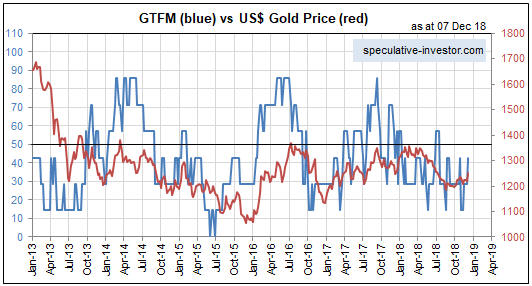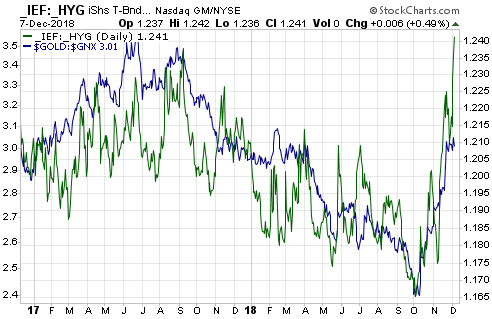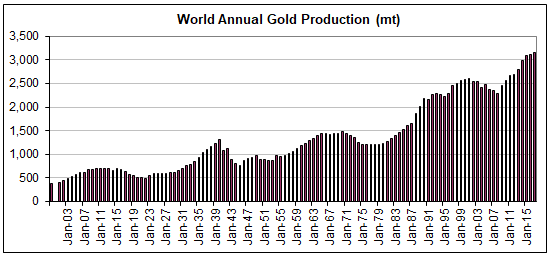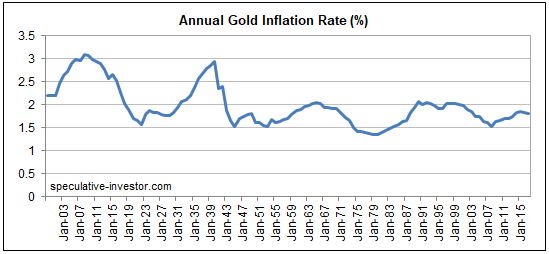Apart from a 2-week period around the middle of the year, my Gold True Fundamentals Model (GTFM) has been bearish since mid-January 2018. There have been fluctuations along the way, but at no time since mid-January have the true fundamentals* been sustainably-supportive of the gold price. However, significant shifts occurred over the past fortnight and for the first time in quite a while the fundamental backdrop is now very close to turning gold-bullish. In fact, an argument could be made that it has already turned bullish.
Below is a chart comparing the GTFM (in blue) with the US$ gold price (in red).

The above chart understates the significance of the recent fundamental shift, because it appears that the GTFM has done no more than rise to the top of its recent range while remaining in bearish territory (which, of course, it has). However, a look beneath the surface at what’s happening to the GTFM’s seven individual components reveals some additional information.
The most important piece of additional information is the recent widening of credit spreads. The credit spreads input to the GTFM turned bullish four weeks ago, but since then it has moved a lot further into bullish territory. This has improved the fundamental situation (from gold’s perspective) without affecting the GTFM calculation.
Here is a chart showing the positive correlation between a measure of US credit spreads (the green line) and the gold/GNX ratio (gold relative to commodities in general). As economic confidence declines, credit spreads widen and gold strengthens relative to other commodities.

All things considered, for the first time in many months the true fundamentals appear to be slightly in gold’s favour. If the recent trend in the fundamental situation continues then we should see the gold price return to the $1300s early next year, but, of course, that’s a big if. Furthermore, even if the fundamental backdrop continues to shift in gold’s favour over the weeks ahead it will make sense for speculators who are long gold and the related mining equities to take money off the table when sentiment and/or momentum indicators issue warnings.
*Note that I use the term “true fundamentals” to distinguish the actual fundamental drivers of the gold price from the drivers that are regularly cited by gold-market analysts and commentators. According to many pontificators on the gold market, gold’s fundamentals include the volume of metal flowing into the inventories of gold ETFs, China’s gold imports, the volume of gold being transferred out of the Shanghai Futures Exchange inventory, the amount of “registered” gold at the COMEX, India’s monsoon and wedding seasons, jewellery demand, the amount of gold being bought/sold by various central banks, changes in mine production and scrap supply, and wild guesses regarding JP Morgan’s exposure to gold. These aren’t true fundamental price drivers. At best, they are distractions.
 Print This Post
Print This Post


